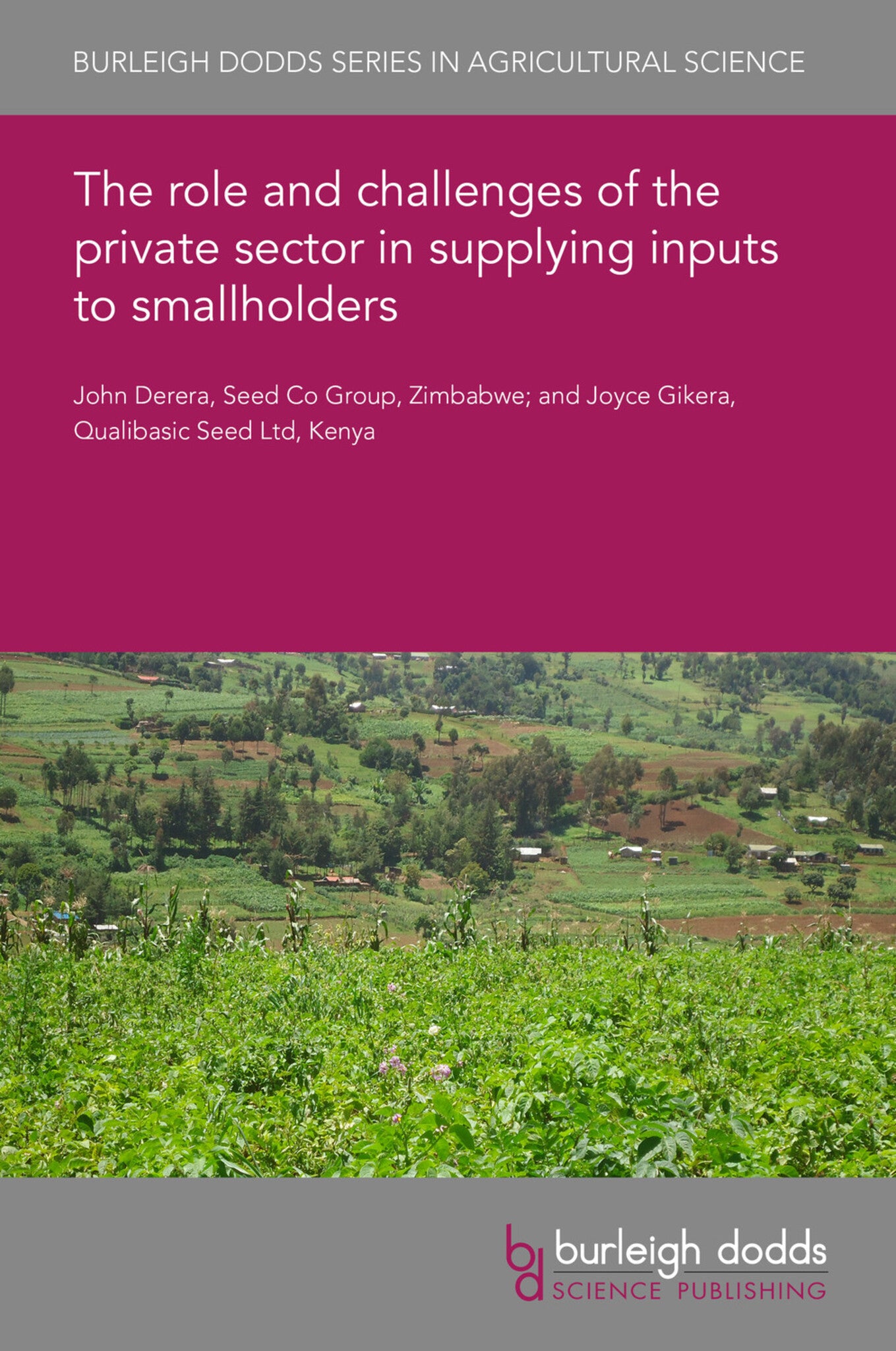We're sorry. An error has occurred
Please cancel or retry.
The role and challenges of the private sector in supplying inputs to smallholders

Some error occured while loading the Quick View. Please close the Quick View and try reloading the page.
Couldn't load pickup availability
- Format:
-
23 November 2020


TECHNOLOGY & ENGINEERING / Agriculture / Sustainable Agriculture, Smallholdings, TECHNOLOGY & ENGINEERING / Agriculture / Agronomy / Crop Science, Sustainable agriculture

1 Introduction 2 Challenges in working with smallholder farmers: unpredictability in demand 3 Challenges in working with smallholder farmers: purchasing power 4 Challenges in working with smallholder farmers: supply logistics 5 The role of governments in enabling input supply 6 The role of donors and non-governmental organizations in input supply 7 Conclusion and future trends 8 Where to look for further information 9 References



